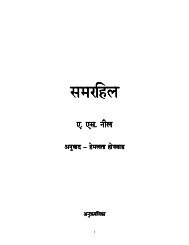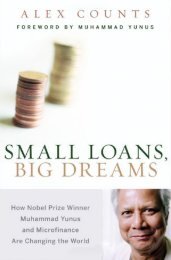ten little fingers - arvind gupta (4 mb pdf)
ten little fingers - arvind gupta (4 mb pdf)
ten little fingers - arvind gupta (4 mb pdf)
Create successful ePaper yourself
Turn your PDF publications into a flip-book with our unique Google optimized e-Paper software.
DROP MICROSCOPE1. Take a glass slide and rub it on your hair toapply a thin layer of oil. Gently place a drop ofwater on the slide. The water drop ‘sits’ on theslide and makes a lens.2. Look at some small print or an ant throughthe drop lens. Do the ant’s legs appear anybigger? Now quickly invert the slide andplace another drop over the ‘hanging’ drop.Does this ‘sitting-hanging’ co<strong>mb</strong>ination makeany difference to the magnification?3. Repeat the experiment using drops ofglycerine and coconut oil, instead of water.Does it make any difference to the magnificationor clarity?Bulb MicroscopeCarefully cover a used electric bulb with cloth and tape its resin end on the ground. Remove theglass pieces and the filament from inside the bulb using a nail. Ensure that there are no sharp edges.1. Put a <strong>little</strong> water in the bulb. Make animprovised wire stand for the bulb. Placethe bulb on the stand and view a smallflower through it. Does it appear enlarged?2. Remove the filaments of a 40-Watt, Zero-Wattand a torch bulb. Half fill the bulbs with water. Thewater surface in co<strong>mb</strong>ination with the curvaturemakes a plano-convex lens.3. Observe the same object through all the threebulbs. Which bulb magnifies the most? You’ll seethat the smallest bulb - the torch bulb magnifies themost. The 40-Watt bulb magnifies the least. You cansee very clearly that the magnification is inverselyproportional to the radius of curvature.



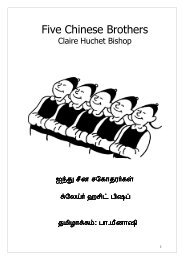
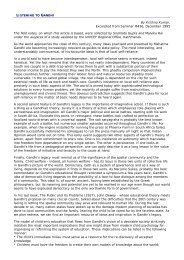
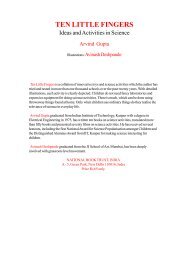
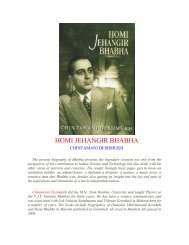

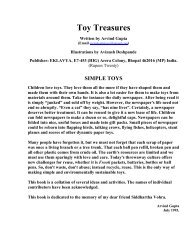
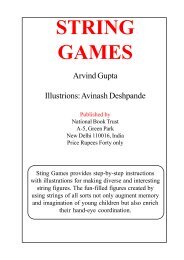

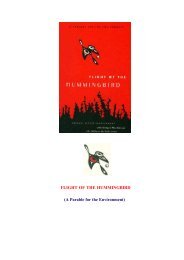
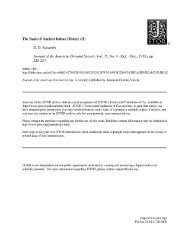
![tq,a] diM+s vkSj vk/qfud ekuo - Vidya Online](https://img.yumpu.com/31264147/1/190x245/tqa-dim-s-vksj-vk-qfud-ekuo-vidya-online.jpg?quality=85)

